Easy Knife Hinges
Trouble-free method for installing this tricky hardware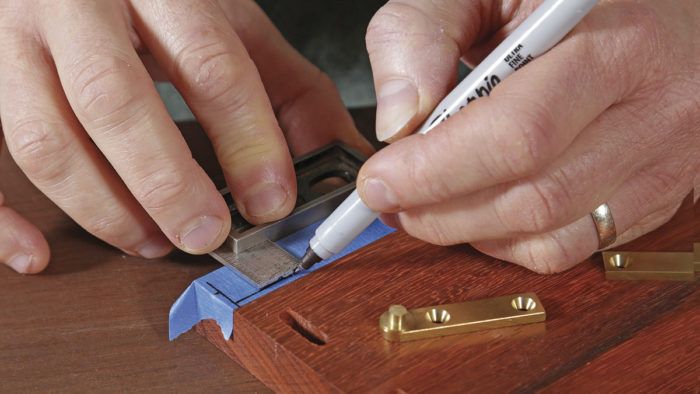
Synopsis: These sleek hinges are perfect for the clean lines of modern furniture. When closed, they are barely visible, and they work for small doors, large doors, curved doors, and flat ones. But installation can be tricky, and even the smallest misplacement of the hinge mortise can be a problem. Here is a simple method that takes away the risk of error.
Knife hinges are perfect for the clean lines of the modern furniture I build. They are barely visible after installation and they’re versatile, too. I’ve used them on small doors, large doors, flat doors, and even curved ones. Installing them can be difficult, because you must fit the door to its opening before you mortise for the hinge leaves, and even the smallest misplacement of the mortises can result in a door that doesn’t swing properly and sits askew when closed.
I’ll show you a simple method that’s taken all the headaches out of the installation. I lay out the location with the hinge leaf sitting on a piece of blue tape. After cutting around the hinge, I pull up the tape to create a perfect template around the mortise that I use as a guide when routing out the waste and then paring the mortise walls. I’ll show you how I do it using a straight knife hinge, which is used with doors that sit in front of the case sides.
Proper layout is the critical first step
The right time to mortise for a knife hinge is before the cabinet has been glued together. Make and assemble it dry, then make and fit the door. The gaps above and below the door are determined by the thickness of the washer that separates the leaves of the knife hinge.
Once the door has been fitted, set it aside and mortise the dry-assembled cabinet. The hinge’s location on the cabinet is determined by the door’s closed position in the completed cabinet. Half of the hinge pin should stick out beyond the door’s edge, and it should be centered on the door’s thickness. Don’t forget to allow for a small clearance gap between the front edge of the cabinet sides and the back of the door, so it can swing open without binding.
To mark the mortise’s location on the cabinet, place a piece of blue tape over the area where it will be. Set the door into the cabinet, and adjust it to its closed position. Trace the door’s outside edge with a narrow-tip marker on the tape.
For the full article, download the PDF below:



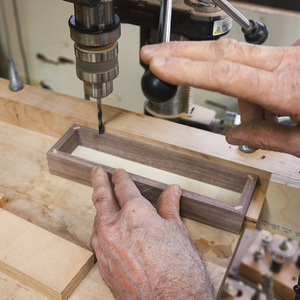
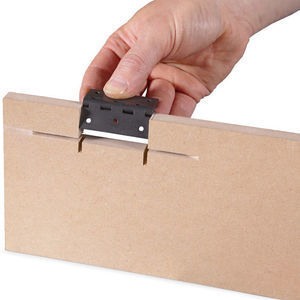
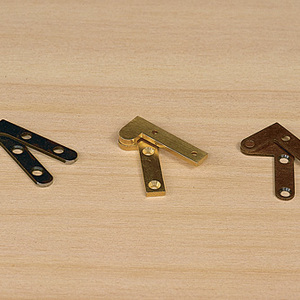
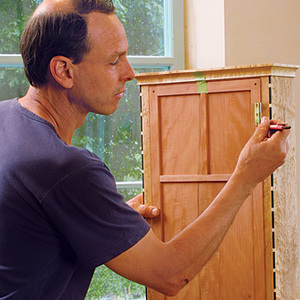



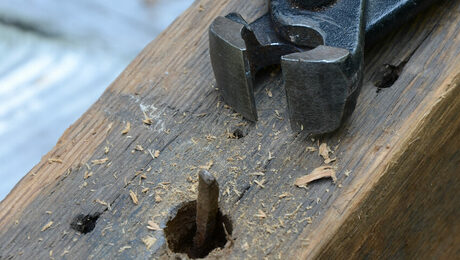
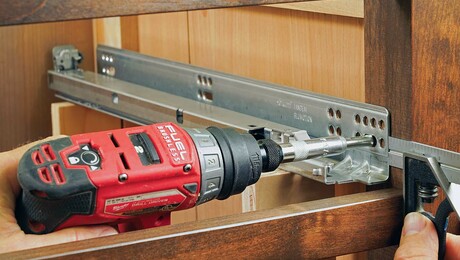

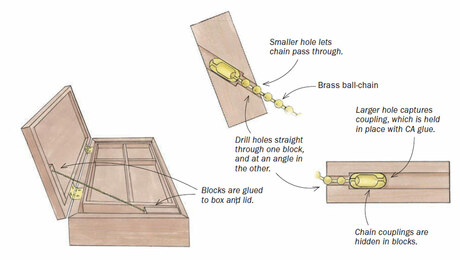








Comments
Anyone know a source for brass knife hinges for 1/2" thick doors? Most of the ones I've seen work only for 3/4" thick.
Log in or create an account to post a comment.
Sign up Log in